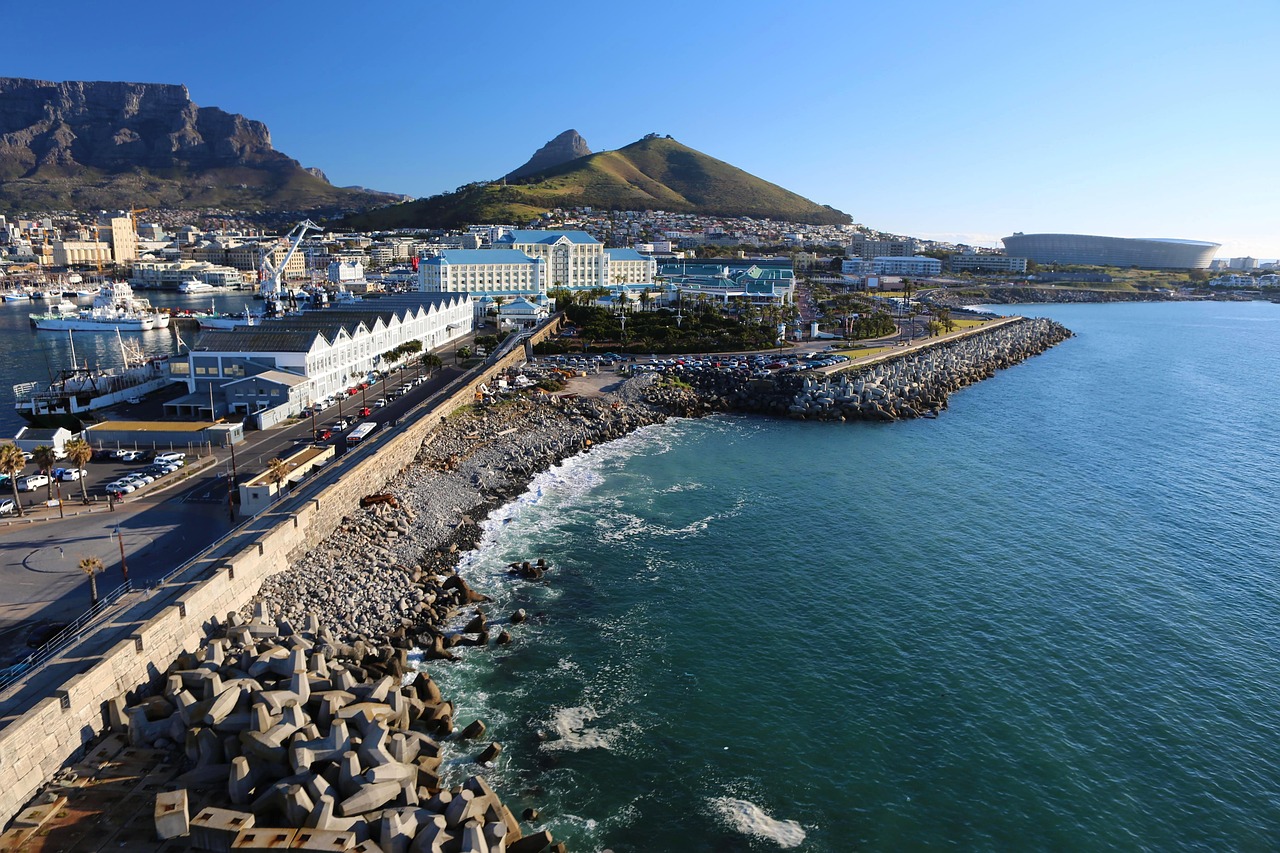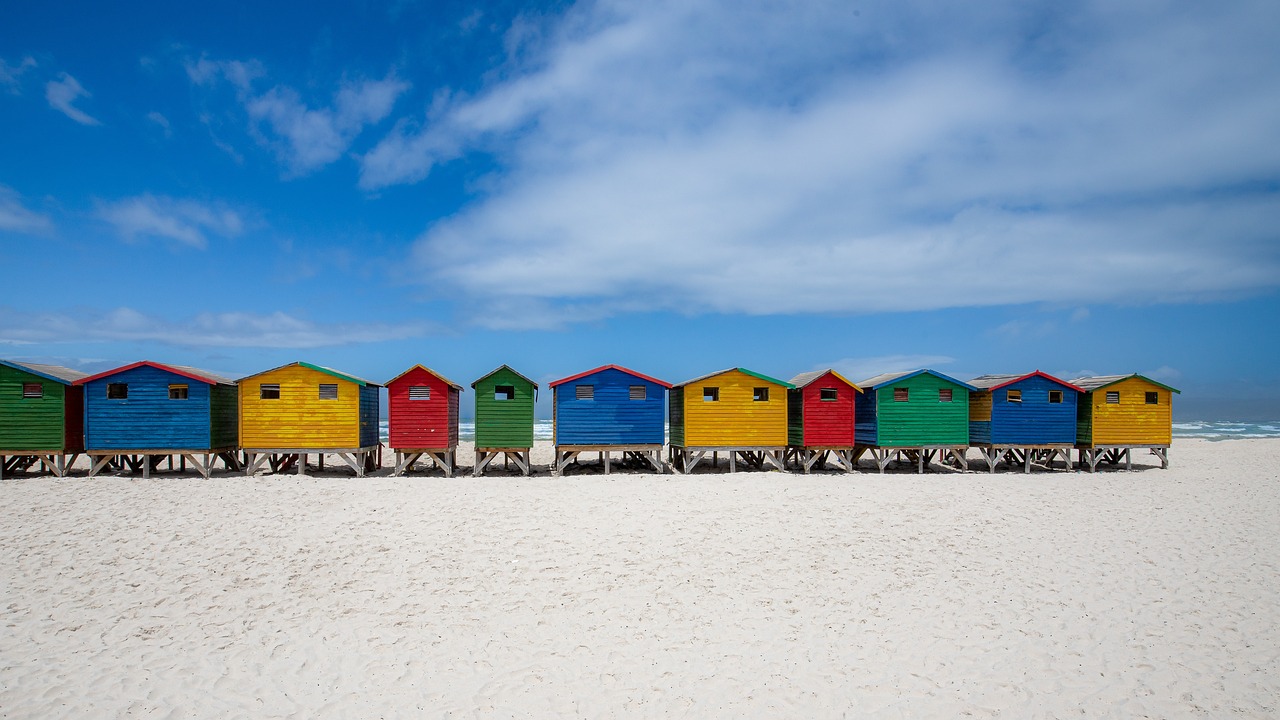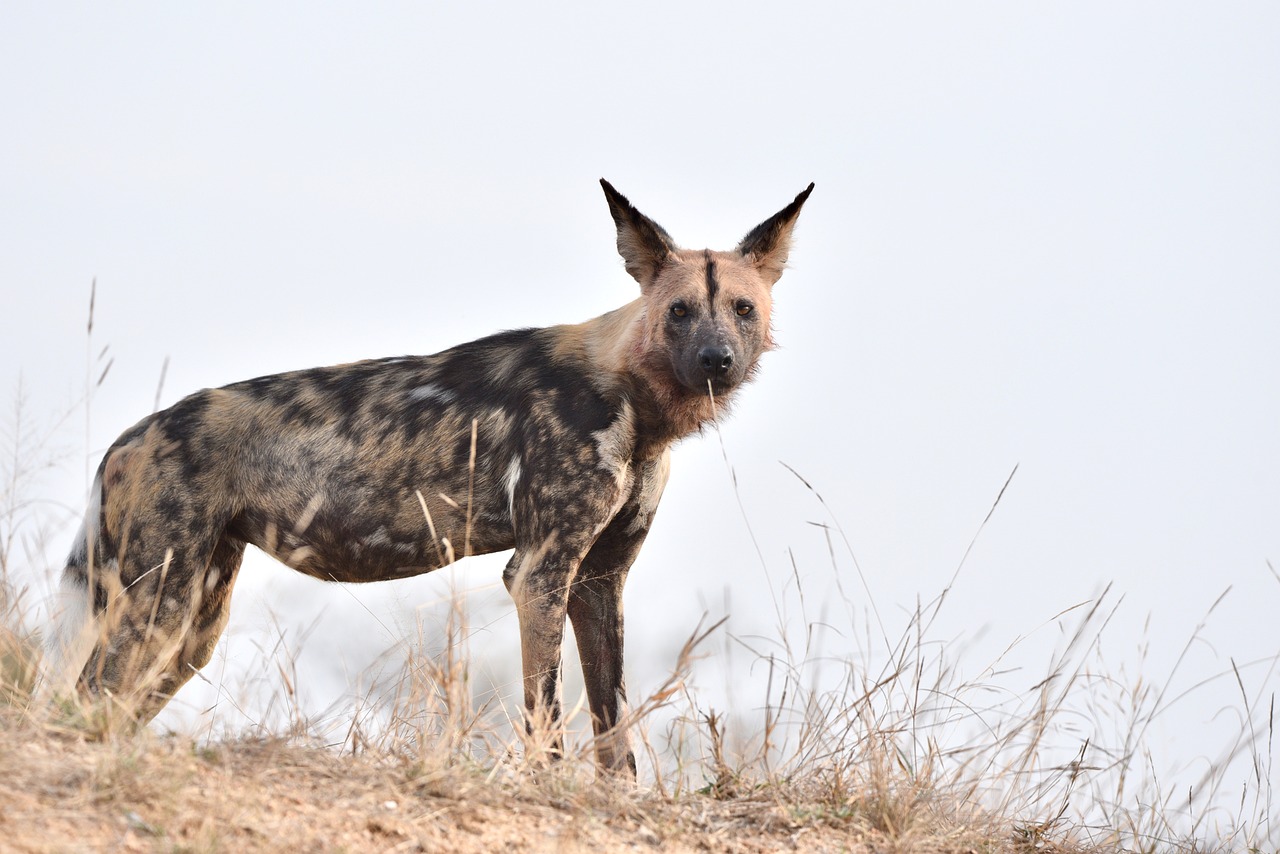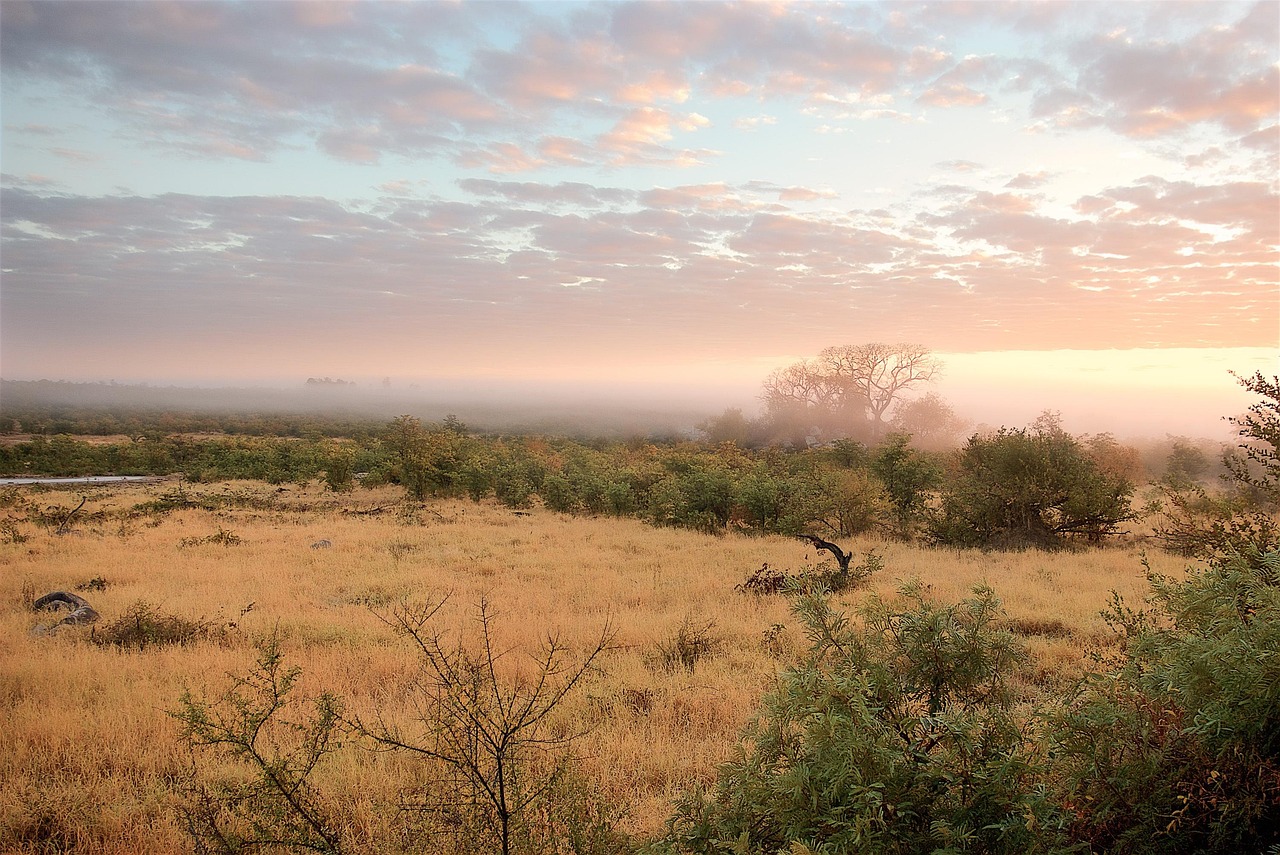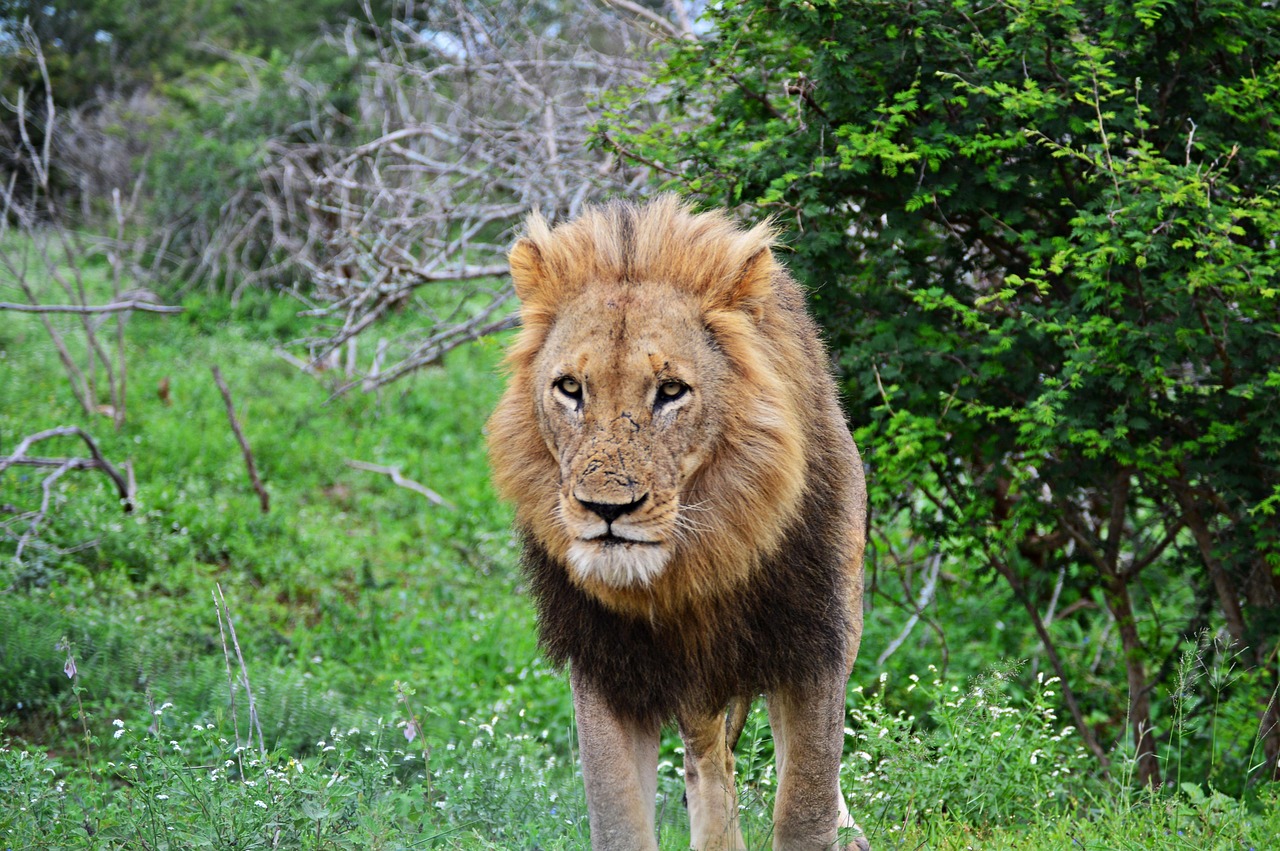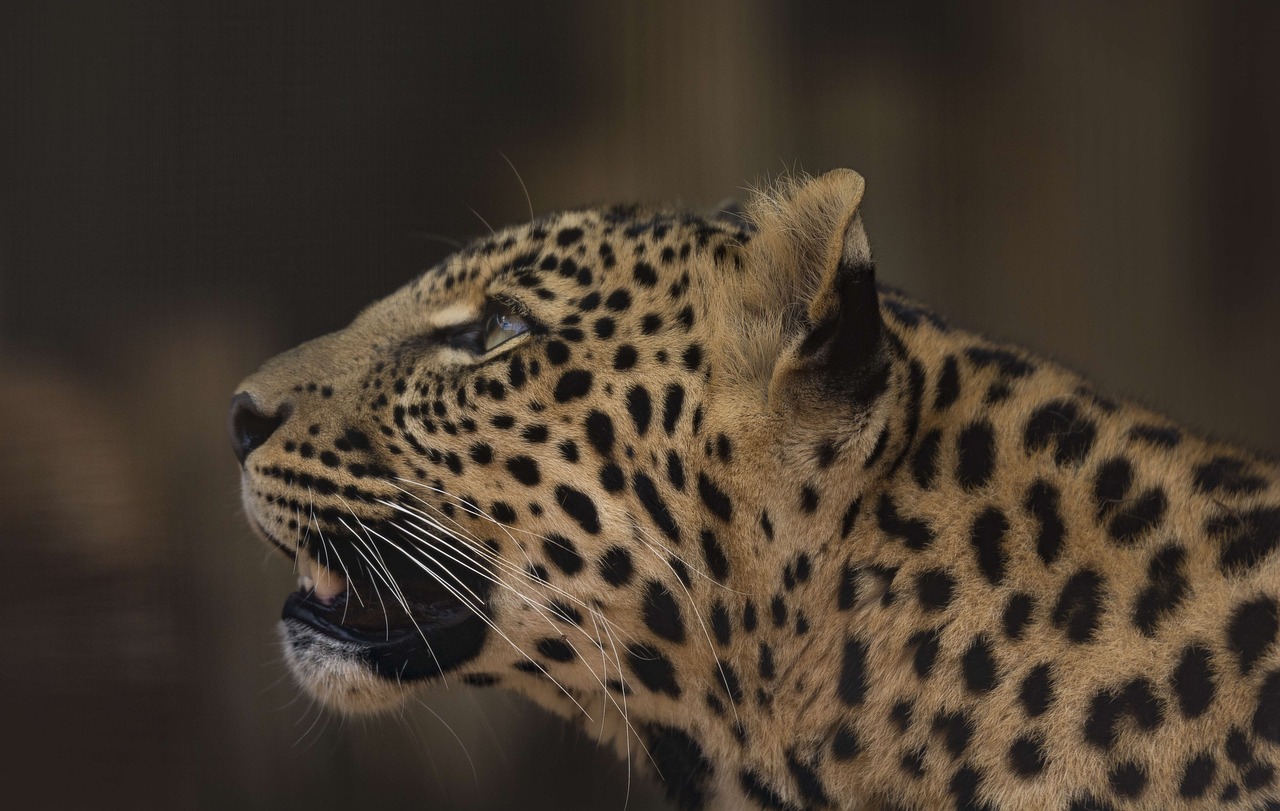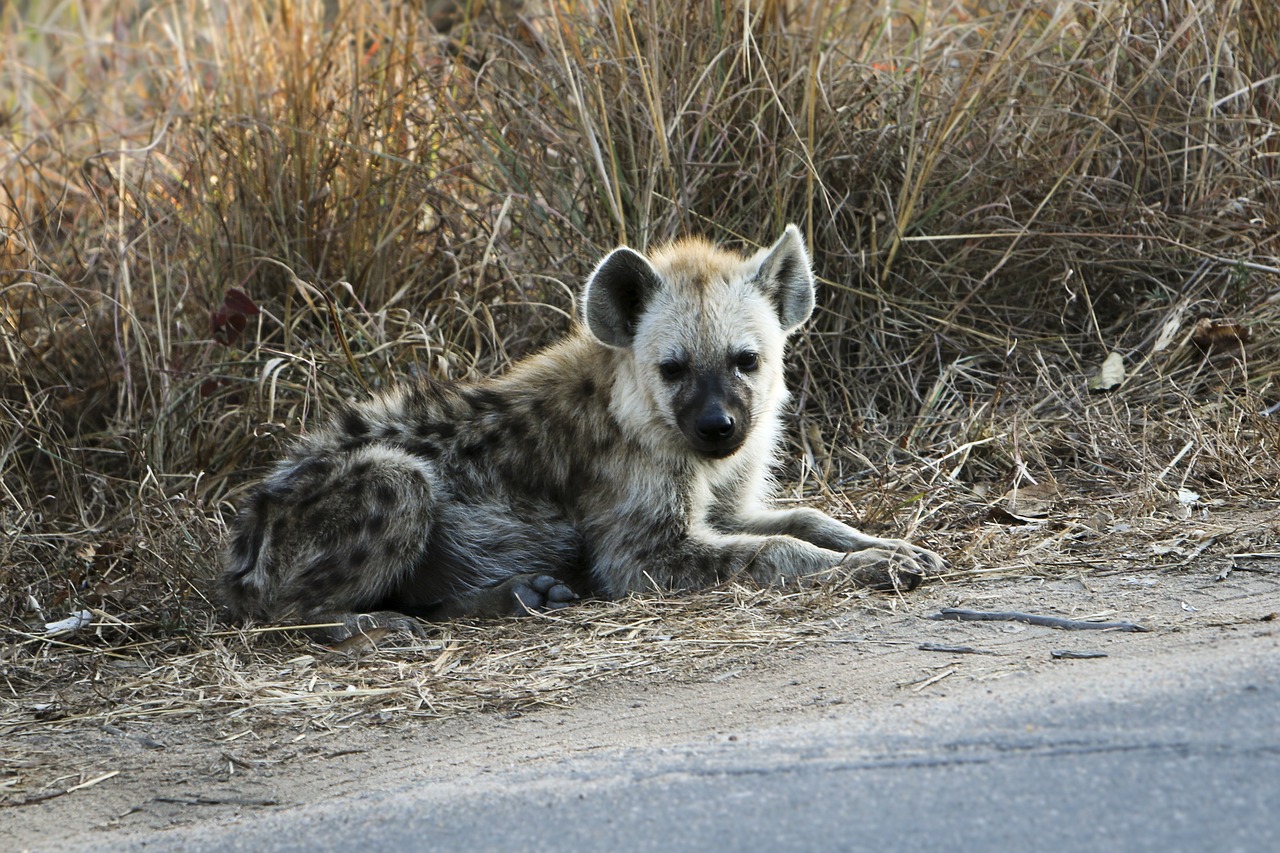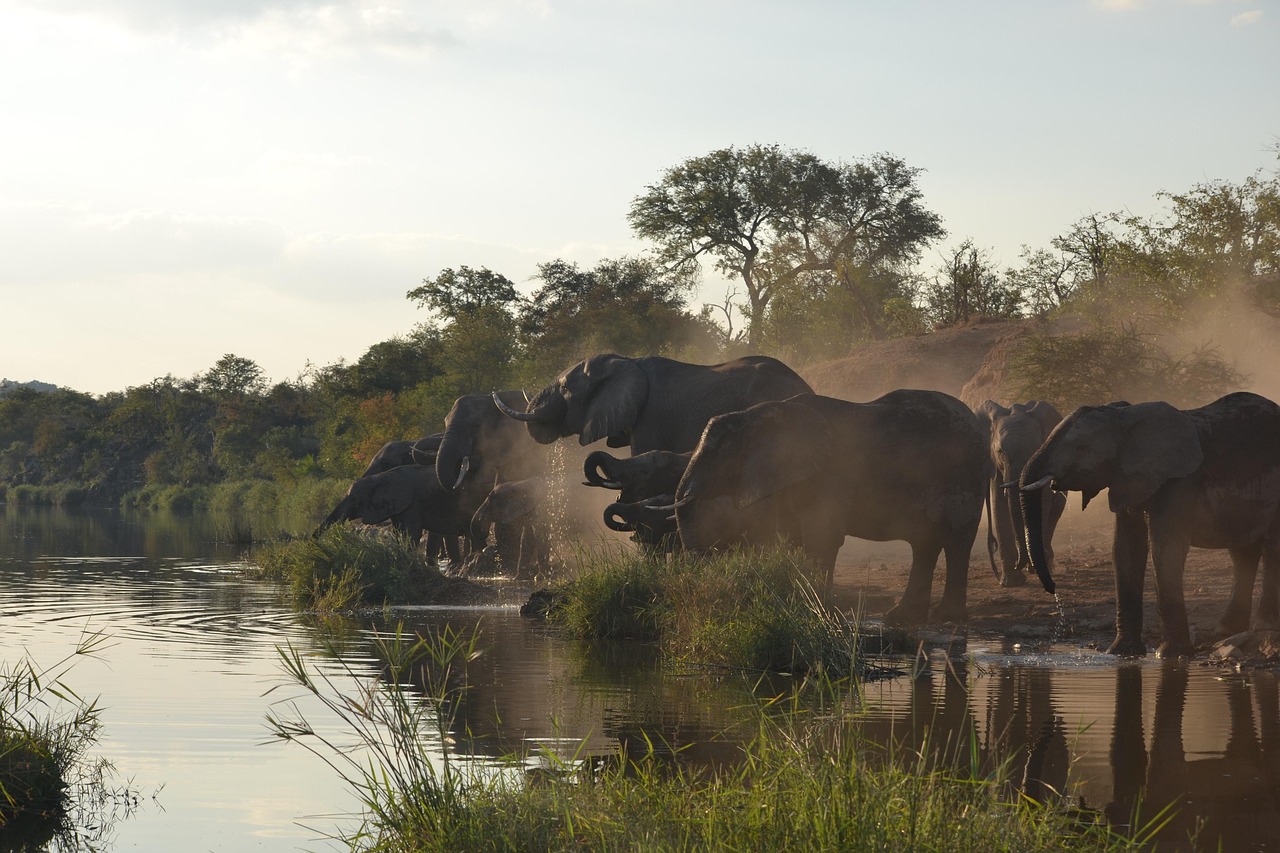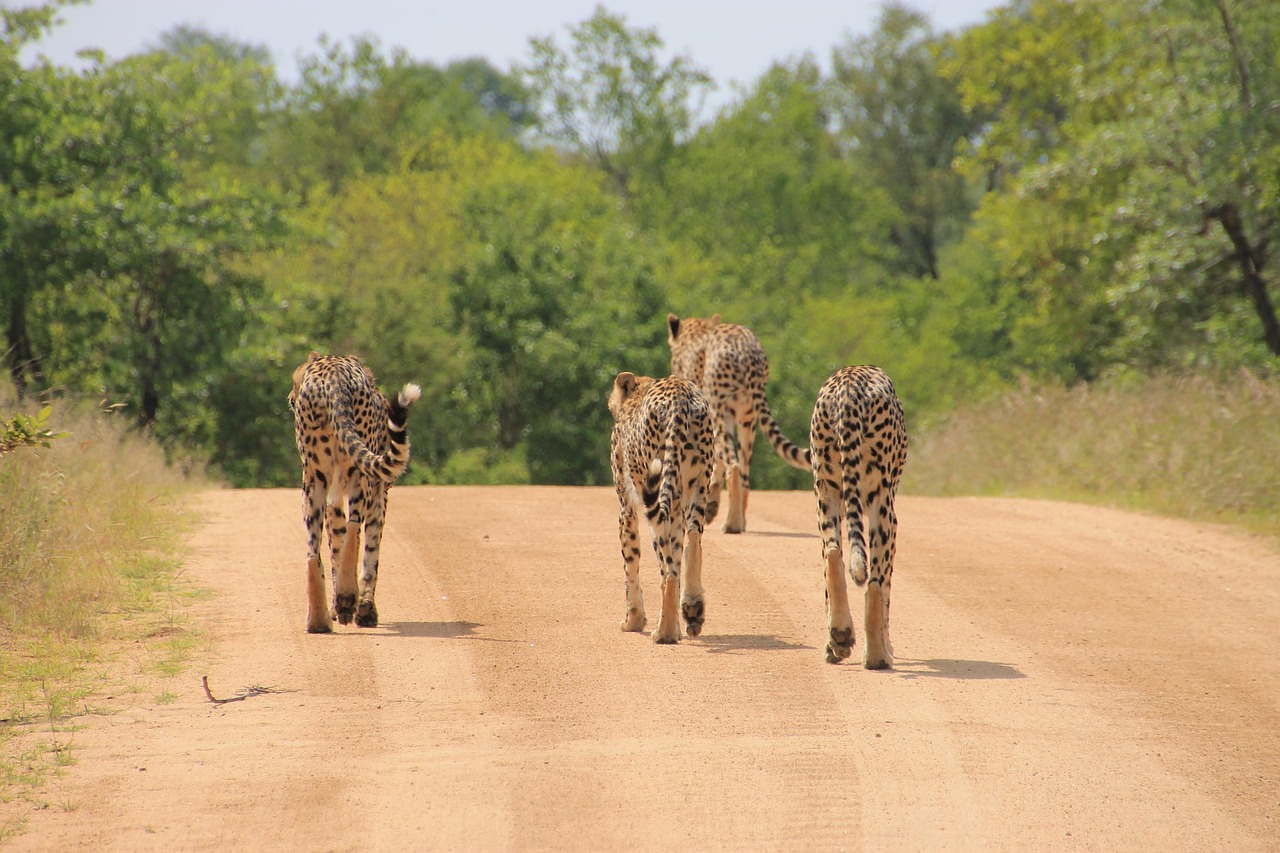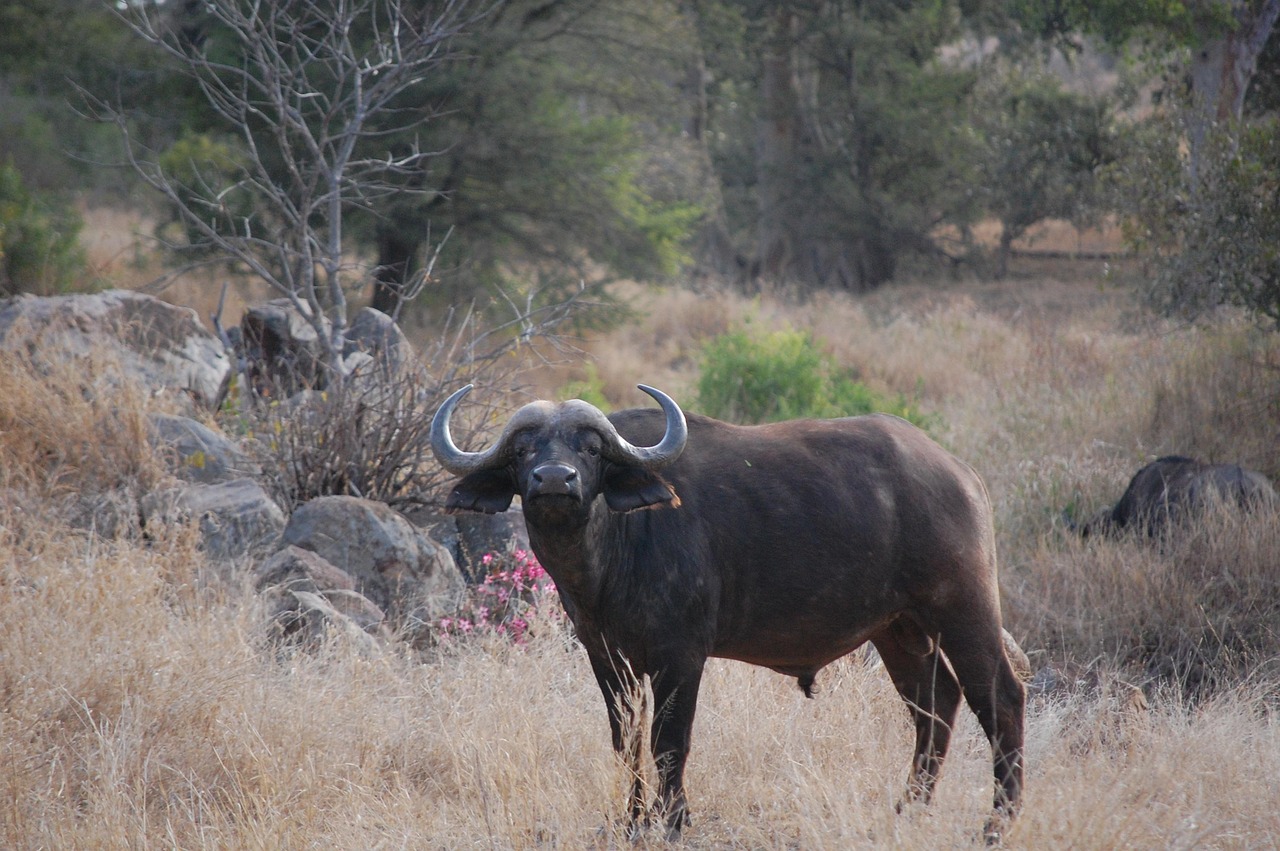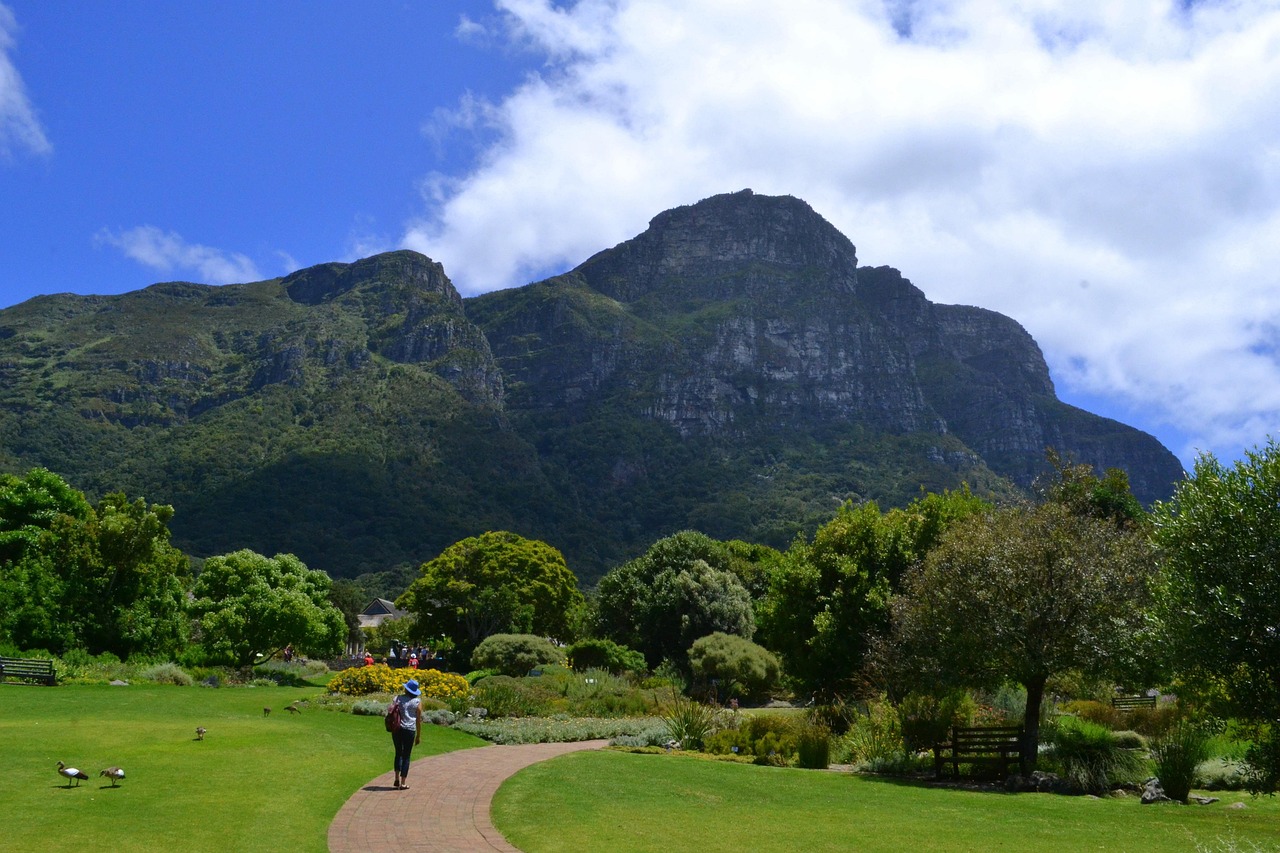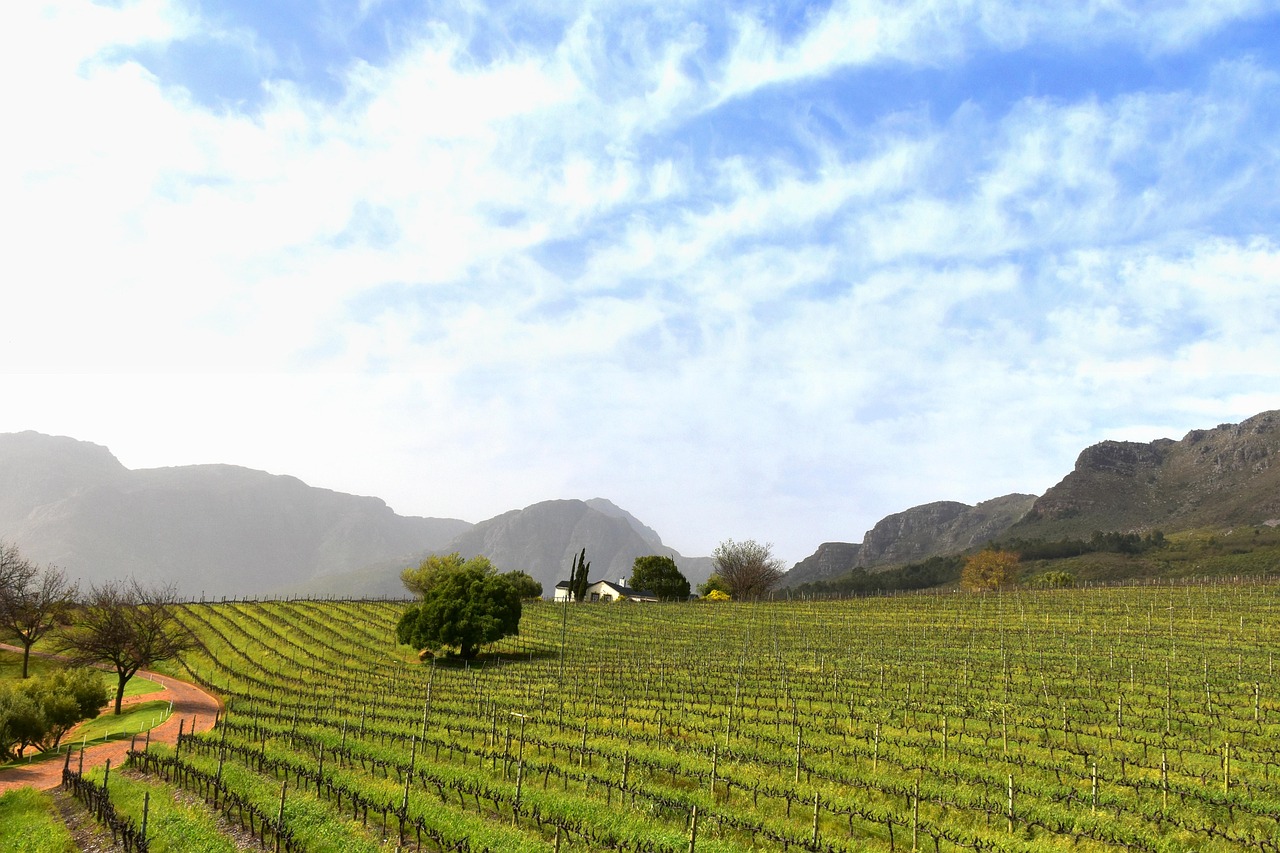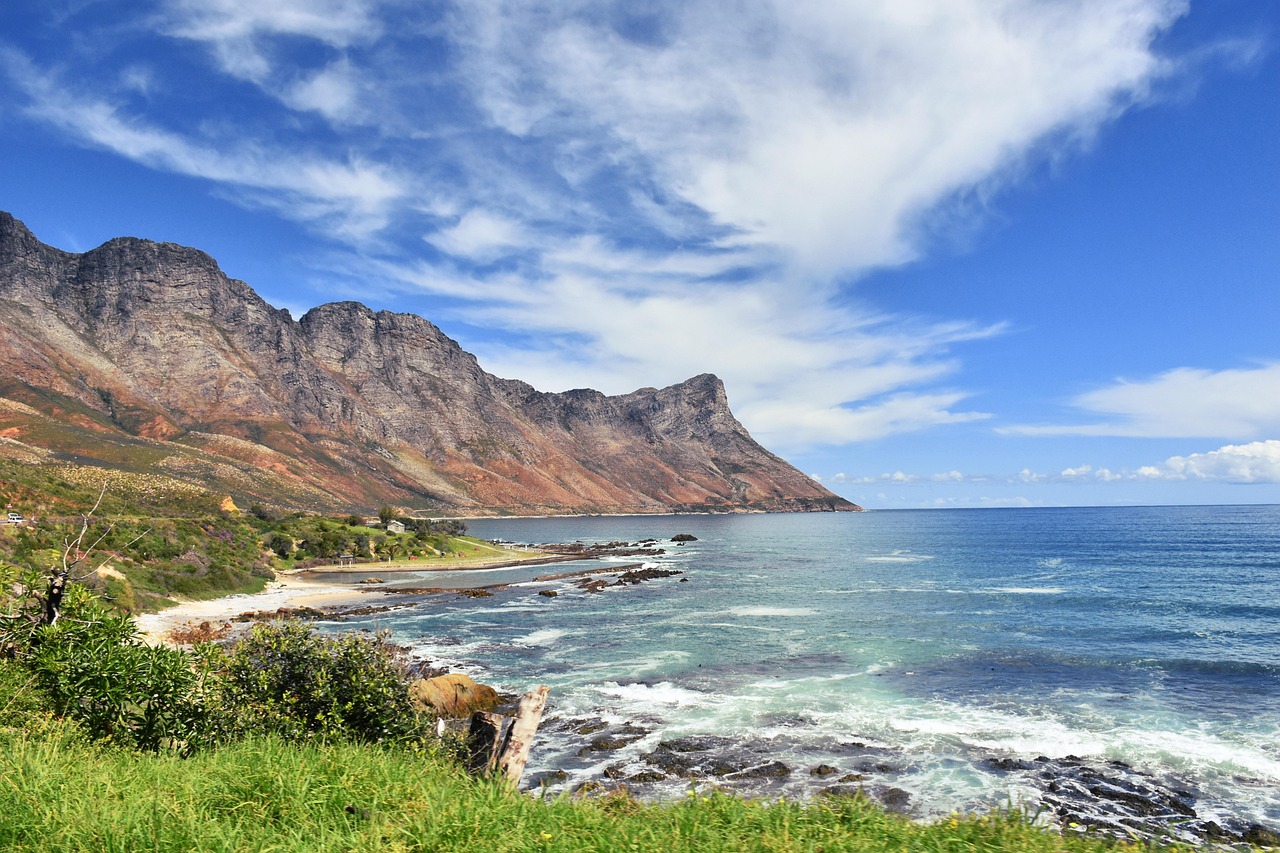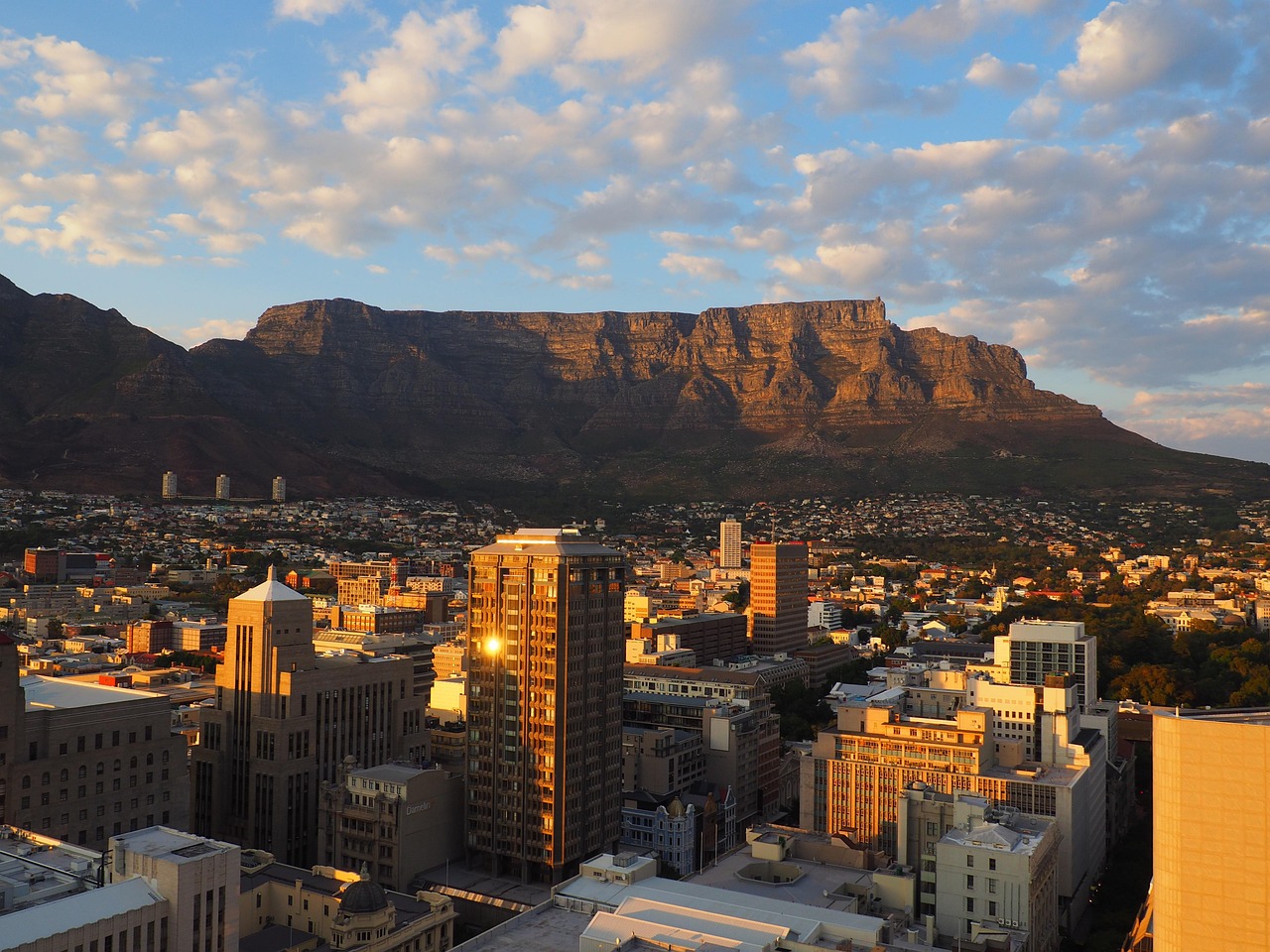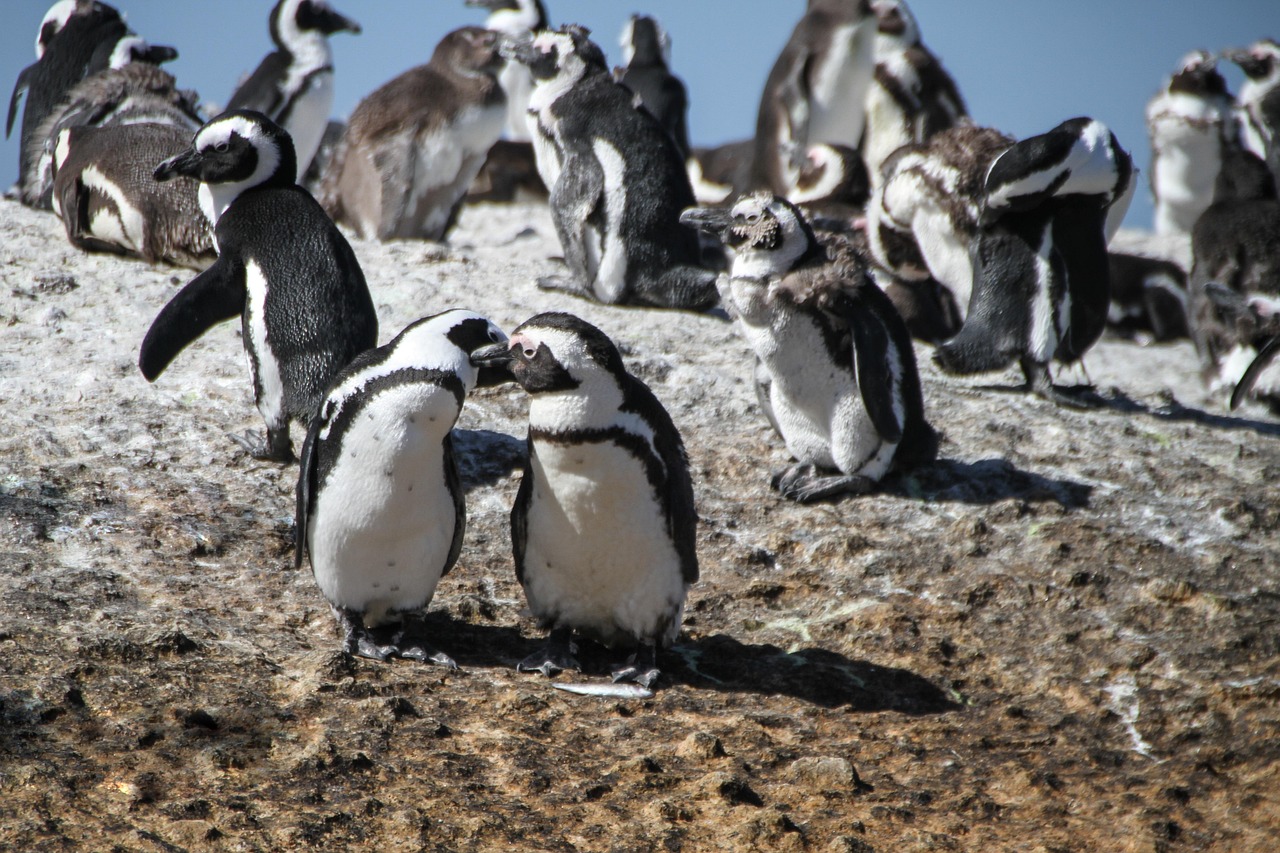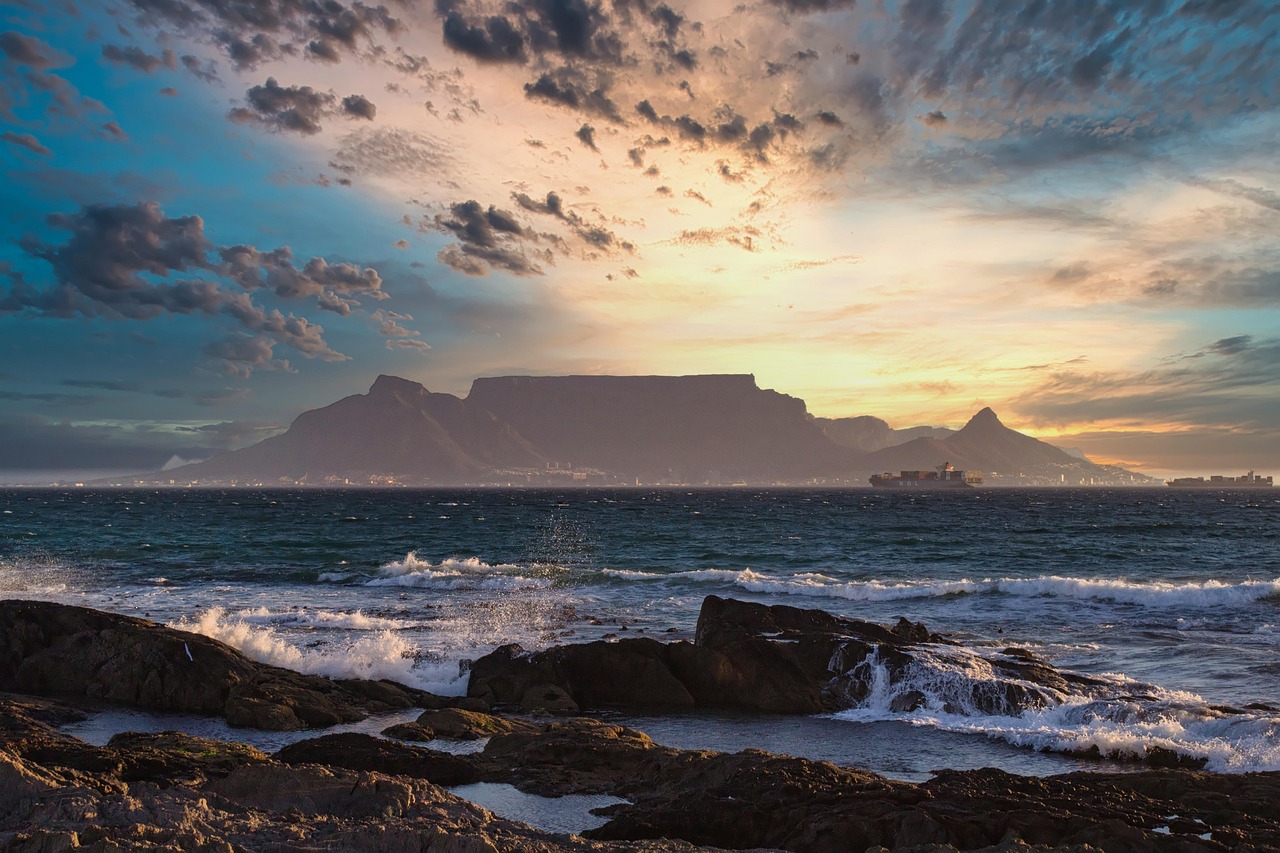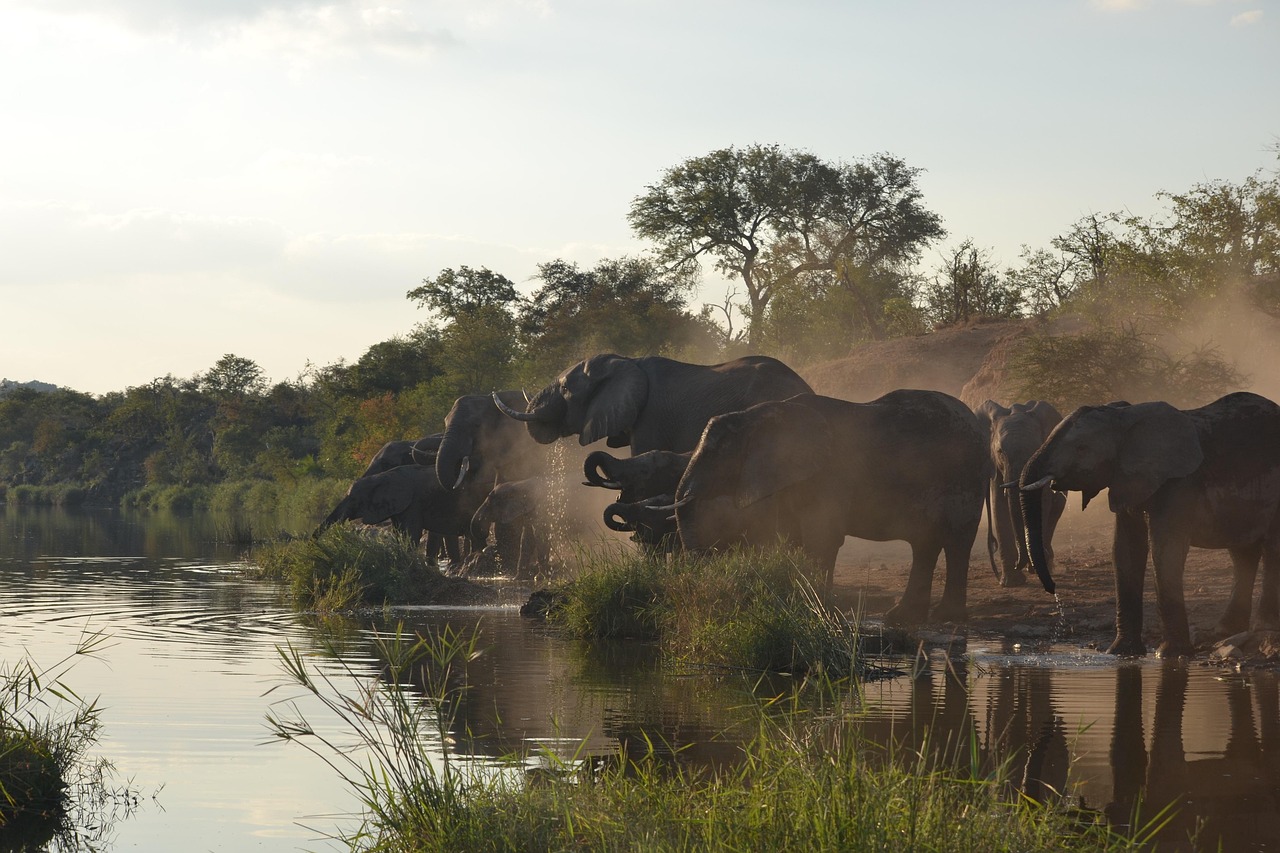
South Africa
Everything you need to know about going to South Africa for a safari. A complete travel guide.South Africa
Overview
A Complete Travel Guide To South Africa.
Everything you need to know about South Africa before visiting for a safari.
South Africa offers a richly diverse safari experience—from viewing the Big Five in Kruger National Park and private reserves like Sabi Sands to malaria-free options in Zululand and North West Safari Region, all supported by excellent infrastructure and conservation standards. You can combine wildlife viewing with culture, coastlines, winelands, and urban attractions in Cape Town and Johannesburg for a well-rounded trip. Whether it’s your first safari or a family adventure, the variety of wildlife areas—national parks, private, and community reserves—ensures experiences that suit different interests and comfort levels.
Explore South Africa Below:
Explore More
Continue your safari planning journey across Africa’s top countries
Not sure if South Africa is your perfect fit? Click below to explore and compare other safari countries.
No text
Safety
Everything you need to know about safety in South Africa
South Africa is generally safe for organised city and safari travel. Violent and petty crime can occur, mainly in urban centres and during self-driving trips at night. Following basic precautions—such as staying on main roads, locking vehicles, and avoiding unfamiliar areas after dark—will significantly reduce risks.
Expert tip: Avoid walking alone after dark in cities, lock your car doors immediately, and only stop for official vehicles.
A Deeper Understanding Of Safety In South Africa
South Africa carries higher crime rates than many countries, particularly in Cape Town, Johannesburg, and Durban, with issues like armed robbery, carjacking, and opportunistic theft more likely. Incidents such as fake police “blue light bandits” have been reported on highways; travellers should only pull over for clearly marked law enforcement vehicles. Tourist hotspots and safari lodges are well-regulated with strong security, and following-the-guide protocols and staying in vehicles are standard safety measures during wildlife viewing. Protests and gatherings can arise with little warning—monitor local media and avoid crowds. By using trusted tour operators, opting for gated lodges, staying alert on roads, and maintaining awareness after dark, travellers can enjoy an enriching trip with minimal risk.
VISA
Everything you need to know about visas for travel to South Africa
Most visitors from countries such as the UK, EU, US, Canada, and Australia do not require a visa for tourism stays of up to 90 days. Passports must be valid for at least 30 days beyond the departure date and have two blank pages.
Use the following links to see your visa requirements when travelling to South Africa:
Expert tip: Check if your country is visa-exempt and apply well in advance if you need an e-Visa or ETA, as South Africa is rolling out digital visa systems for some nationalities.
A Deeper Understanding Of Visa Requirements For South Africa
If you're a national from a visa-exempt country, you receive a visitor's visa on arrival at the port of entry without needing pre-approval, valid for up to 90 days. Guests from other countries must apply for a visa in advance—either via an e-Visa system, available for select nationalities, or through a South African consulate, submitting Form BI-84, their passport, photos, proof of funds, a return ticket, and a yellow fever certificate if travelling from endemic areas. Passports must be valid 30 days after your intended departure, and include at least two blank pages. Overstaying may result in bans of 1 to 5 years under immigration law. South Africa is phasing in a new ETA (Electronic Travel Authorisation) system in late 2025, which will eventually replace paper visas for many travellers.
Vaccinations
Vaccinations are needed to visit South Africa
Routine immunisations (DTaP/Tdap, MMR, polio, influenza) should be up to date. Hepatitis A and B are recommended. Typhoid and rabies vaccinations may be recommended depending on the travel style. Malaria prophylaxis is essential in regions like the Kruger National Park.
Vaccinations Required: Routine (diphtheria‑tetanus‑pertussis, MMR, polio, influenza), Hepatitis A, Hepatitis B
Use the following link to find vaccination information for South Africa: https://skyteam.traveldoc.aero/
Expert tip: Schedule your vaccines at least 4–6 weeks before travel, especially if you need a rabies series or malaria prophylaxis.
A Deeper Understanding Of Vaccination Requirements for South Africa
Travellers should ensure that their routine immunisations (DTaP/Tdap, MMR, polio, influenza) are up to date—these protect against common, circulating diseases. Hepatitis A and B vaccines are recommended for most visitors due to the potential for exposure to contaminated food, water, or blood. Typhoid vaccination is recommended for individuals visiting rural or informal areas, particularly those outside major cities. Rabies vaccine is recommended for travellers with a higher exposure risk (e.g., animal contact, cavers), although it is not routine for short stays. Malaria prophylaxis medicine is essential when travelling to the Kruger Region, Limpopo, Mpumalanga, and KwaZulu-Natal border districts. Discuss prescription options with a doctor. Yellow fever vaccination is only required if arriving from a yellow‑fever endemic country. Consider boosters for meningitis and stay informed about tuberculosis exposure if you work or stay in high-risk settings.
Weather and climate
Everything you need to know about weather and climate in South Africa
South Africa experiences summer (December–March) as hot with occasional afternoon thunderstorms, and winter (June–August) as mild and dry—ideal for game viewing. Coastal areas follow a reverse rainfall pattern.
Seasonal Breakdown:
- Summer: Hot summers—average highs around 28 °C (82 °F) and lows near 17 °C (63 °F); rainfall is common, mainly from November to March (90–120 mm/month; 3.5–4.7 in), mainly in the afternoon.
- Winter: Mild winters—highs of 16 °C (61 °F), lows ~7 °C (45 °F); dry with minimal rain (<30 mm/1.2 in); coastal Cape Town sees its wettest months June–August, averaging ~70 mm/2.8 in monthly.
Expert tip: Pack light layers and a waterproof jacket—afternoon rains in summer clear quickly, while mornings in winter can drop sharply.
A Deeper Understanding Of Weather And Climate In South Africa
South Africa falls into two main climate zones: most regions (Highveld, Kruger, Limpopo) follow a summer rainfall pattern, while the Western Cape has a Mediterranean climate–winter rains, summer dryness.
- Summer (Nov–Mar) brings afternoon thunderstorms, lush vegetation, and high humidity inland, making it ideal for birding and green-season landscapes, but it can affect visibility in the bush.
- Winter (May–Sept) offers dry, cool days and cold nights, opening clear wildlife visibility and concentrated animal movements near water in safari regions.
- Shoulder seasons (April–May and September–October) offer a mild climate, fewer crowds, and excellent wildlife viewing opportunities. Cape’s spring (September) adds whale-watching and wildflowers.
- Regional differences include high-altitude chill in Johannesburg and drizzly winters in Cape Town, versus dry heat in the Kalahari and Kruger’s Lowveld.
Table representing weather and climate in South Africa by month
🟢 Excellent weather | 🟡 Fair weather | 🟠 Hot or rainy conditions | 🔴 Unfavourable travel period
| Month | Avg Low (°C/°F) | Avg High (°C/°F) | Precip (%) | Rainfall (mm/in) | Rainy Days | Humidity (%) | UV Index |
|---|---|---|---|---|---|---|---|
| January | 17 / 63 | 28 / 82 | 85% | 110 / 4.3 | 8 | 70% | 11 |
| February | 17 / 63 | 28 / 82 | 85% | 120 / 4.7 | 9 | 72% | 11 |
| March | 16 / 61 | 27 / 81 | 80% | 100 / 3.9 | 7 | 68% | 10 |
| April | 14 / 57 | 25 / 77 | 60% | 60 / 2.4 | 5 | 60% | 8 |
| May | 11 / 52 | 22 / 72 | 35% | 30 / 1.2 | 3 | 55% | 7 |
| June | 7 / 45 | 19 / 66 | 25% | 25 / 1.0 | 2 | 50% | 5 |
| July | 7 / 45 | 19 / 66 | 25% | 20 / 0.8 | 2 | 48% | 6 |
| August | 8 / 46 | 22 / 72 | 30% | 25 / 1.0 | 3 | 52% | 7 |
| September | 10 / 50 | 24 / 75 | 45% | 50 / 2.0 | 4 | 58% | 9 |
| October | 13 / 55 | 26 / 79 | 65% | 80 / 3.1 | 6 | 64% | 10 |
| November | 15 / 59 | 27 / 81 | 80% | 100 / 3.9 | 7 | 68% | 11 |
| December | 17 / 63 | 28 / 82 | 85% | 110 / 4.3 | 8 | 70% | 11 |
When To Go
Everything you need to know about the best time to visit South Africa:
The ideal time for a safari is during the dry winter months (May to September), when game viewing is excellent, vegetation is sparse, and animals congregate around water sources. Low-season rains (Oct‑Apr) offer lush landscapes and birding appeal.
- High season: May to September
- Low season: October to April
Expert tip: Aim for May–June or August–September — cooler nights, crisp days, fewer crowds, and incredible wildlife sightings around waterholes.
A Deeper Understanding Of The Best Time To Visit South Africa
South Africa’s May–September dry season is optimal for safari in the east (Kruger, private reserves) due to minimal rainfall and open bush, making wildlife easy to spot. June–August bring cooler nights—pack warmly.
The wet summer (October–April)—especially December–February—brings heat, afternoon thunderstorms, and lush greenery. This low season offers excellent birdwatching and opportunities to spot newborn wildlife.
For Cape-based activities, note the reverse rainfall pattern: summer is dry and sunny, while winter is rainy—adjust your itinerary accordingly.
Table representing the best time to visit South Africa:
| Month | Weather | Wildlife Viewing | Birdwatching | Temperature |
|---|---|---|---|---|
| January | 🌧️ | ✅ | 🐦🐦 | 🔥 |
| February | 🌧️ | ✅ | 🐦🐦 | 🔥 |
| March | 🌧️ | ✅ | 🐦🐦 | 🔥 |
| April | 🌤️ | ✅✅ | 🐦🐦 | ☀️ |
| May | ☀️ | ✅✅✅ | 🐦🐦 | ☀️ |
| June | ☀️ | ✅✅✅ | 🐦 | ❄️ |
| July | ☀️ | ✅✅✅ | 🐦 | ❄️ |
| August | 🌤️ | ✅✅✅ | 🐦 | ☀️ |
| September | 🌤️ | ✅✅✅ | 🐦🐦 | ☀️ |
| October | 🌤️ | ✅✅ | 🐦🐦 | ☀️ |
| November | 🌧️ | ✅ | 🐦🐦🐦 | 🔥 |
| December | 🌧️ | ✅ | 🐦🐦🐦 | 🔥 |
Table Legend:
Weather: ⛈️ Thunderstorms, 🌧️ Rain, 🌤️ Partly Cloudy, ☀️ Dry
Wildlife Viewing: ✅ Average, ✅✅ Good, ✅✅✅ Great
Birdwatching: 🐦 Average, 🐦🐦 Good, 🐦🐦🐦 Great
Temperature: ❄️ Cold, ☀️ Warm, 🔥 Hot
Getting Here
Everything you need to know about getting to South Africa:
South Africa is well-connected via major international airports with a mix of regional flights and reliable transfers to safari destinations. Main entry points and easy onward travel make reaching lodges efficient.
- Main point of entry to South Africa: Cape Town International Airport, O. R. Tambo International Airport (Johannesburg), King Shaka International Airport (Durban)
- Effort to get to South Africa: 🟢 Easy
- Effort getting around South Africa: 🟡 Medium
- Best ways to get around South Africa: ✈️ Air; 🚙 Transfers; 🚗 Self Drive
Expert tip: Pre-book your regional flights or lodge transfers—especially into the Kruger Region—to avoid delays and ensure seamless arrival, as charter flights have strict baggage limits and schedules.
A Deeper Understanding Of Getting To South Africa
By Air
International visitors typically fly into O.R. Tambo (Johannesburg) or Cape Town International, both of which offer direct flights from Europe, North America, and the Middle East. King Shaka Airport (Durban) services seasonal routes. For safaris, regional carriers like Airlink and FlySafair connect to Kruger Mpumalanga, Skukuza, and Hoedspruit—passengers can then transfer by road or charter to lodges. Private charter services, such as Federal Air and Airlink Lodgelink, fly directly to reserved airstrips.
By Road
Self-driving routes are popular from Johannesburg to the Kruger National Park, featuring decent highways and scenic stops along the way. Driving offers flexibility, but can add 4–6 hours for lodge transfers. Border crossings from Zimbabwe, Mozambique, Namibia, and Botswana are possible but require careful planning due to immigration and road conditions.
Transfers and Accessibility
Most lodges provide pre-arranged private transfers from airports, typically in 4x4 vehicles or shuttles. Inside safari areas, chartered bush flights shuttle guests between camps. In urban and coastal regions, car rentals, taxis, ride-hailing services (such as Uber/Bolt), and shuttle services are widely available.
Why Visit
This is why you should visit South Africa:
South Africa offers a seamless blend of Big Five safaris, private and national reserves, Cape coastal charm, and world-class wine routes—perfect for travellers seeking variety in a single trip.
Expert tip: Combine a Kruger safari with a few days in Cape Town—you'll enjoy game drives, ocean views, and wine tastings all in one journey.
A Deeper Understanding Of Why You Should Visit South Africa
South Africa uniquely offers a diverse range of safari styles, from structured game drives in Kruger National Park to exclusive private reserves like Sabi Sands and Lion Sands—ideal for close encounters with leopards.Beyond wildlife, you can enjoy beaches, mountains, and wine estates, making it a dynamic choice for a combined safari and leisure experience.
Big Five Safari Culture
Whether in the Kruger Region or private concessions, you have a high chance of spotting lion, elephant, buffalo, rhino, and leopard, alongside rare cheetah and wild dogs.
Coast and Cuisine
Explore the Western Cape's beaches, sample acclaimed Stellenbosch and Franschhoek wines, and enjoy the vibrant food scene in Cape Town.
Accessible & Varied Experiences
South Africa's well-developed tourism infrastructure, easy international airport access, and range of budget to luxury lodges mean there's something for every type of traveller.
Activities
Everything you need to know about safari activities in South Africa:
Explore a variety of safari experiences, including game drives, immersive walking safaris, night drives, boat and canoe trips, and even fishing and birdwatching safaris. Each offers unique ways to encounter wildlife and landscapes.
Expert tip: Combine a morning walk in the Kruger Region with an afternoon game drive to see both small-footed bush life and the Big Five on the same day.
Explore activities available in South Africa:
Birds
Everything you need to know about birdlife in South Africa
South Africa boasts a diverse array of birdlife, ranging from the majestic southern ground hornbills and Cape parrots to the colourful widowbirds and melodious Cape robin-chats. Its spring–summer breeding season (Oct–Dec) brings vibrant plumage and migratory species.
- Birds in South Africa: southern ground hornbill, Cape parrot, Cape robin-chat, southern double-collared sunbird, Cape spurfowl
- Best months for birding: October to February
Expert tip: Visit the Kruger Region and iSimangaliso Wetland Park in spring (October–December) to witness colourful breeding displays and migratory influxes.
Explore birds in South Africa:
Wildlife
Everything you need to know about wildlife in South Africa
South Africa is home to the iconic Big Five—lion, elephant, rhino, leopard, buffalo—alongside cheetah, African wild dog, hyena, hippo, and zebra. May to September is prime for wildlife sightings, as animals gather around scarce water sources.
- Best months for wildlife viewing in South Africa: May to September
Expert tip: Opt for early-morning or late-afternoon game drives in the Kruger Region—these cooler hours offer better chances to spot leopards, wild dogs, and predators in action.
Explore wildlife in South Africa:
A Deeper Understanding Of Wildlife In South Africa
South Africa’s ecosystems—from the Lowveld bushveld of Kruger to privately conserved concessions—support a thriving predator-prey balance. Dry-winter months (May–Sept) mean animals are easier to track at waterholes. Unique sightings, such as endangered African wild dog packs and the secretive pangolin, await those who explore beyond standard routes.
Table showing wildlife occurrence in South Africa
🔵 Plentiful 🟢 Common 🟡 Uncommon 🔴 Sporadic ⚫ Non-occurring
| Species | Frequency |
|---|---|
| Lion | 🔵 |
| Leopard | 🟢 |
| Cheetah | 🟡 |
| Spotted Hyena | 🟢 |
| Brown Hyena | 🟡 |
| Striped Hyena | 🔴 |
| Black‑backed Jackal | 🟢 |
| Side‑striped Jackal | 🟡 |
| Caracal | 🟡 |
| Serval | 🟡 |
| African Wild Cat | 🟡 |
| African Wild Dog | 🟡 |
| Aardwolf | 🔴 |
| White Rhino | 🟢 |
| Black Rhino | 🟡 |
| Elephant | 🔵 |
| Buffalo | 🔵 |
| Giraffe | 🔵 |
| Hippo | 🟢 |
| Zebra | 🔵 |
| Blue Wildebeest | 🟢 |
| Black Wildebeest | ⚫ |
| Sable | 🔴 |
| Roan | 🔴 |
| Eland | 🟡 |
| Oryx | ⚫ |
| Kudu | 🟢 |
| Waterbuck | 🟡 |
| Lechwe | ⚫ |
| Sitatunga | ⚫ |
| Aardvark | 🔴 |
| Pangolin | 🔴 |
| Mountain Gorilla | ⚫ |
| Chimpanzee | ⚫ |
Where To Go
Everything you need to know about parks and reserves in South Africa
South Africa boasts a diverse range of safari experiences—from the wildlife-rich Kruger National Park and malaria-free iSimangaliso Wetland Park, to exclusive private reserves like Sabi Sands and Manyeleti, which offer off-road drives, luxury lodges, and flexible safari schedules.
Best Parks, Reserves and Concessions in South Africa:
- 🥇 Kruger National Park
- 🥈 Sabi Sands Game Reserve
- 🥉 Manyeleti Game Reserve
Expert tip: Choose a lodge in a private reserve bordering Kruger—these allow off-road and night drives and typically see fewer vehicles than national parks.
Explore South Africa Parks, Reserves and Concessions Below:
A Deeper Understanding Of Why You Should Visit South Africa
Kruger National Park is the cornerstone of South African safari—vast, accessible, and offering strong Big Five sightings on public roads within a government-managed area.
Sabi Sands Game Reserve, a premier private reserve, borders Kruger with no fences. It offers intimate wildlife encounters, renowned leopard sightings, guided bush walks, and luxurious lodges.
Manyeleti Game Reserve, being less crowded and publicly managed, blends privacy with Big Five viewing and borders both Kruger and private reserves—ideal for travellers seeking both access and seclusion.
Regions
Everything you need to know about safari regions in South Africa
Safari regions are broad areas that include multiple parks, reserves, lodges and landscapes, offering exclusive experiences, off-road drives, and more flexible safari itineraries compared to single parks. Understanding regions allows you to tailor your journey to your preferences and comfort levels.
Best regions in South Africa:
- 🥇 Kruger Region
- 🥈 Zululand Region
- 🥉 North West Safari Region
Expert tip: Book lodges within the Kruger Region’s private concessions for quieter game viewing, diverse habitats, and greater freedom to walk and drive off-road.
Explore South Africa safari regions below:
Pros & Cons
The pros and cons of a safari to South Africa
| Pros | Cons |
|---|---|
| ✅ Big Five sightings: Reliable encounters with lion, leopard, elephant, buffalo, and rhino in multiple reserves. | ⭕ Peak-season crowds: Popular areas like Kruger can get busy between May and September. |
| ✅ Varied safari styles: Options range from self‑drive in national parks to exclusive private‑reserve experiences. | ⭕ Wet-summer weather: December–February brings heat and afternoon storms that can affect visibility. |
| ✅ Malaria flexibility: Regions like Zululand and North West are malaria‑free, ideal for families and low‑risk travellers. | ⭕ Premium pricing: Private concessions and luxury lodges come with higher nightly rates. |
| ✅ Well-developed infrastructure: Excellent airports, roads, guides, and a range of budget to luxury lodging. | ⭕ Transport complexity: Reaching multiple regions often requires flights, transfers or long drives. |
| ✅ Beyond safari appeal: Combine wildlife with Cape Town, coastlines, wine regions, cultural and outdoor activities. | ⭕ Poaching concerns: Rhino poaching remains a problem; choose lodges with strong conservation policies. |
| ✅ Birding and nature diversity: Wet‑season brings lush habitats and breeding bird activity. | |
| ✅ Eco-tourism leadership: Strong conservation frameworks that benefit wildlife and local communities. |
Expert tip: Spread your trip across two or more regions—this balances costs, weather, and wildlife variety.


